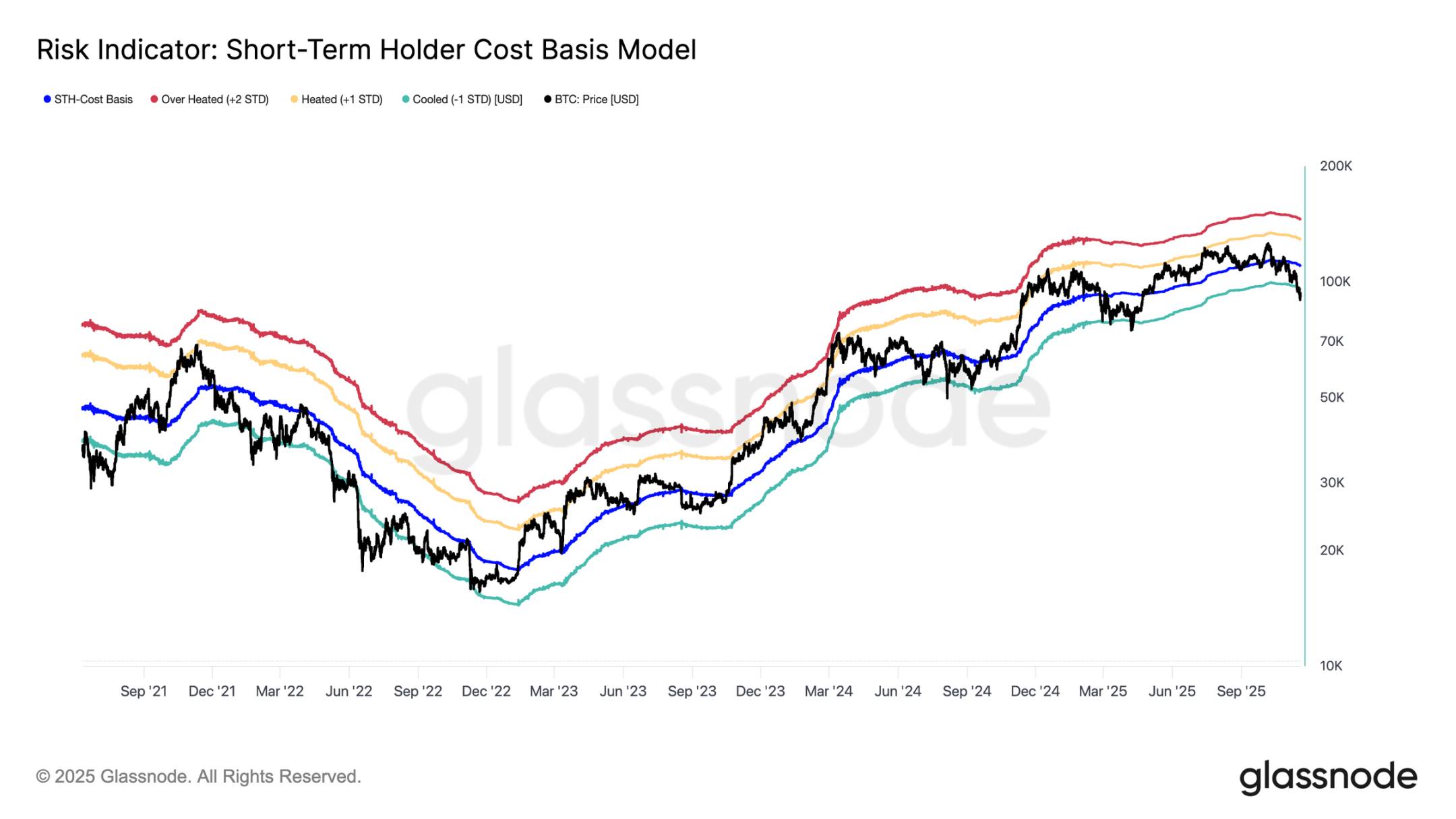3 Major Risks If Ethereum Continues To Increase Its Gas Limit
As ETH gently hovers around $3,800, eyes are blazing towards a symbolic threshold: $4,000. But in the shadow of the price, Ethereum, the reigning smart contract blockchain, is undergoing a deeper transformation. The gas limit, the invisible ceiling that regulates the load of each block, is climbing. A technical advancement praised by Vitalik Buterin himself, but one that divides opinions. For if the engine gains power, the fragile pieces might just break.

In Brief
- Ethereum’s gas limit rises to 39 million, with 50% of validators voting for 45 million.
- Archived nodes shrink from 20 TB to 1.9 TB thanks to Geth v1.16.0.
- Small validators risk exclusion due to lack of technical resources to keep up with this power increase.
- The community worries about a fast Ethereum, but one less accessible to all.
Ethereum pushes its limits… but how far can it go without breaking?
On X, Vitalik Buterin set the tone: “Almost exactly 50% of stakes are voting to increase the L1 gas limit to 45 million. The limit has already started to rise, it is now at 37.3 million.”
The idea? Process more transactions in each block, roughly every 12 seconds. The dream of a fast and smooth blockchain. But this power increase is not without consequences.
On the technical side, Geth optimization, Ethereum’s dominant client, changes the game. Its new version allows archive nodes to reduce storage from 20 TB to 1.9 TB. A real leap. Vitalik praised it :
Here is an example of the recent hard work by the Geth team that makes these load increases safe.
But not everyone is reassured. One user warns : “Is this really scaling, or are we just turning the heat up full blast hoping the kitchen doesn’t burn down?“
The gas limit acts as a slider between performance and accessibility. If pushed too fast, small validators risk being pushed out. The blockchain would then become a private club, far from its decentralization ideals.
Performance increases, but at what cost for the blockchain’s small nodes?
Increasing the gas limit opens the way to a more powerful Ethereum. But it also implies:
- 37.3 million: current gas limit, up from 36 million last May;
- 45 million: target threshold for nearly half the validators;
- 50%: share of staking favorable to this increase;
- 1.9 TB: size of Geth v1.16.0 archive nodes (down from more than 20 TB previously);
- 54%: current market share of Geth on the Ethereum network.
Efficiency is rising, yes. But some see a risk for the open blockchain: with more volume per block, synchronization becomes heavier. Small operators, without solid infrastructures, might drop out.
For now, the increase remains gradual: each block can only raise the limit by 0.1%. A cautious strategy assumed. But a performant blockchain is not enough if it is no longer truly decentralized.
Buterin’s choice is clear: move forward, but with the right tools. His bet relies on alignment between client innovations and block load increases. Provided the community follows and the ecosystem maintains its balance.
Ethereum traces an ambitious path. Increasing the gas limit is just one step in a broader plan: to multiply Layer 1 power tenfold. This 10x Ethereum envisioned by Vitalik Buterin is more than a slogan. It is an ideological and technical challenge, a race against slowness, but also against centralization. The destination is beautiful. The only question is whether everyone can board.
Disclaimer: The content of this article solely reflects the author's opinion and does not represent the platform in any capacity. This article is not intended to serve as a reference for making investment decisions.
You may also like
Bitcoin plunges 30%. Has it really entered a bear market? A comprehensive assessment using 5 analytical frameworks
Further correction, with a dip to 70,000, has a probability of 15%; continued consolidation with fluctuations, using time to replace space, has a probability of 50%.

Data Insight: Bitcoin's Year-to-Date Gains Turn Negative, Is a Full Bear Market Really Here?
Spot demand remains weak, outflows from US spot ETFs are intensifying, and there has been no new buying from traditional financial allocators.

Why can Bitcoin support a trillion-dollar market cap?
The only way to access the services provided by bitcoin is to purchase the asset itself.
Crypto Has Until 2028 to Avoid a Quantum Collapse, Warns Vitalik Buterin

